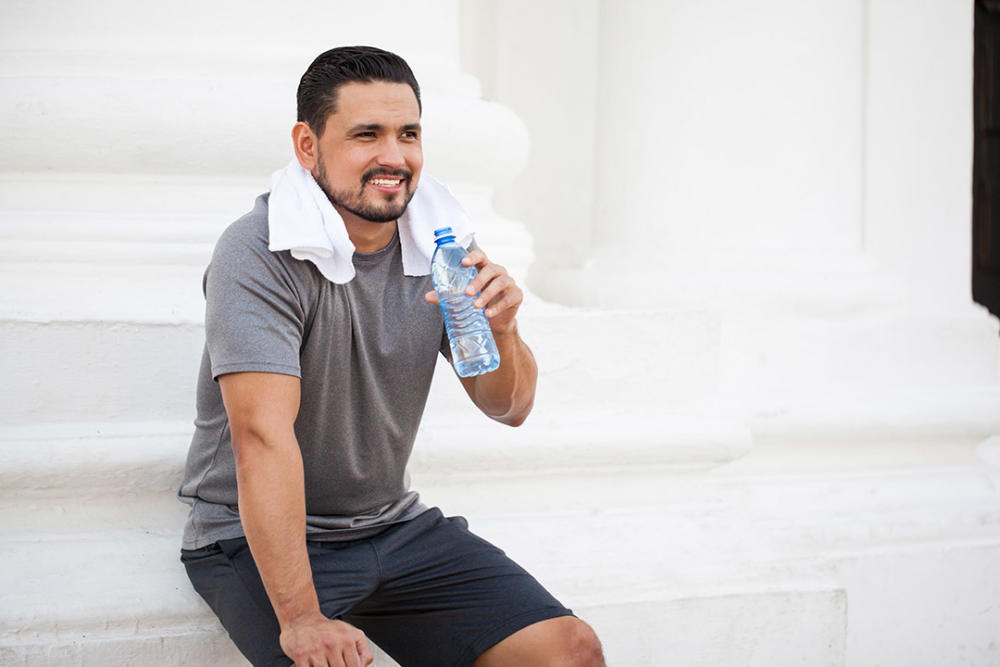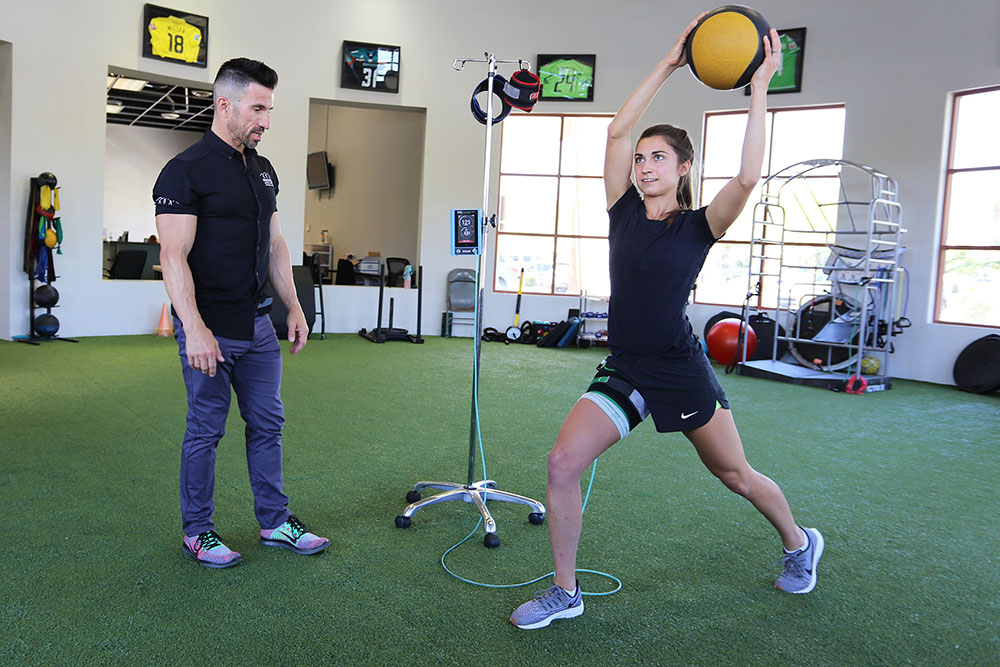It is amazing how two small letters can cause such a large amount of confusion within the health and fitness community. A simple designation put forth for two completely different professions that are frequently confused among the public; I am talking about physical therapy (PT) and personal training (PT).
Physical Therapy
Physical therapy is a profession and a service based around the rehabilitation of individuals with musculoskeletal injuries. Physical therapists diagnose musculoskeletal and functional impairments, implementing an array of specific interventions to address the impairments and improve the physical functionality of the patient. These interventions can include manual therapy, neuro-muscular re-education, therapeutic exercises, modalities such as ice, heat, electrical stimulation, ultrasound, etc., and a variety of other processes within the physical therapy scope of practice.
However, this is only the outpatient side of physical therapy. Physical therapists can be found in various settings including nursing facilities, neuro rehab facilities, hospitals, MD offices, outpatient clinics, and even in schools.
Personal Training
Most personal trainers assist a client in achieving physical goals. These can be improvements in overall health, aesthetics, body composition, muscular performance, or cardiovascular endurance. This can be done in a variety of ways and in multiple different settings. Though most gyms and fitness centers offer complimentary consultations with personal trainers to get clients on the right track, certified personal trainers (and non-certified personal trainers) can work in gyms, colleges, professional sports franchises as strength and conditioning coaches, or even become self-employed and do freelance work.
Physical therapy and personal training are two very different professions under the same umbrella of the health and medical field, though there is a substantial variation in the education required to practice in each field.
Physical therapists must undergo seven years of college, achieve their doctorate, and pass an array of state and national tests. Most personal trainers are required to attend a 6-month training course and pass a standardized exam for certification. In some cases, experienced personal trainers may have obtained a bachelors or master’s degree in exercise science or kinesiology.
Although this process to become a personal trainer is less rigorous, personal trainers help people daily to live healthy lifestyles and achieve goals that boost their physical abilities, mental fortitude, and self-worth. Similar to any other profession, there are very competent individuals with copious amounts of knowledge and skills.
At Foothills Sports Medicine Physical Therapy, you can enjoy the benefits of both professions. Ten of our locations include FAST® (Foothills Acceleration and Sports Training) which offers personal training, group fitness, and sports performance training. Our certified strength and conditioning specialists and personal trainers are also a key component to our sports medicine team. They also work closely with our physical therapists and their patients to deliver sports-specific, transitional rehabilitation programs.
Physical Therapists vs. Personal Trainers: How to Choose




